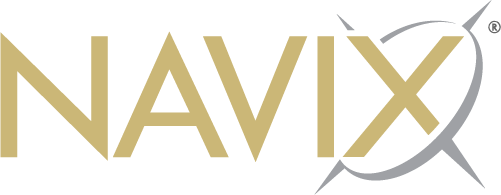2016 Q4 Market Commentary
At the end of the second quarter, uncertainty was on the rise, the geopolitical environment was fragile, and financial markets appeared susceptible to shocks. Global stock indices wobbled and “safe” assets, such as US treasuries and gold, gained steam. We expected much of the same stressful conditions for the summer months of 2016 as the presidential election cycle unfolded. However, the financial markets have demonstrated phenomenal resilience. The U.S. equity market, as measured by the Standard and Poor’s 500, is up over 6% for the year. This is particularly impressive considering the index was down 10.5% in mid-February. Over the last few months U.S. equity indices have been flat, which is relatively impressive given the obstacles of the Federal Reserve (Fed) and election uncertainty, some softer economic data, downgrades in earning, and valuation concerns. The presidential election has been a concern but thus far has had little impact on the markets. Worldwide, markets have remained quiet, save a drop in the British Pound after newly installed British Prime Minister Theresa May announced she would invoke Article 50, which starts the European Union exit clock, by the end of March 2017.
Current economic conditions remain favorable. In part due to weak growth, the Fed threatened to raise interest rates in September (but ultimately refrained). Nonfarm payrolls rose at a moderate pace in the initial estimate for September, a bit less than expected, but well within the usual range of uncertainty. We saw a mild uptick in the unemployment rate (to 5.0%). This increase reflected a rise in labor force participation. There is a long-term downtrend in labor force participation as Baby Boomers exit the workplace, but we may have recovered much of the cyclical decline in the key working age cohort (25-54 years). This rise in unemployment can be considered a good sign for the economy. Average hourly earnings increased 2.6% from a year ago, still moderate by historical standards, but nearly the highest growth rate in seven years. The increase in wages is a positive trend showing demand for more workers. Sustained acceleration in wages would be a big positive for consumption and investment that would further fuel jobs. For those who doubt the accuracy of Bureau of Labor Statistics employment data, federal tax receipts have been rising as well, a sign of more jobs and better wages. Most measures of demand show 3-4% nominal growth (before inflation). Retail sales reached a new all-time high in July. Housing sales are near a nine-year high. Housing starts and permits in August remain near their eight-year highs. Finally, core inflation rate, which removes the more volatile food and energy components, has remained above 2% since November last year.
Any discussion of the current economic environment would be lacking without touching on the U.S. presidential election. The economic policy visions of each candidate vary widely in both scope and scale. To highlight the differences, Secretary Clinton proposes an increase in federal tax revenues of $10 trillion over a 10-year period. Mr. Trump offers a $9.5 trillion tax reduction over a period of 10 years. It is important to remember that for either candidate’s plan to be fully implemented they will have to get it by Congress. Historically the U.S. economy and stock market have performed best with a Republican White House and Republican Congress. Second best and a close runner-up is a Democrat White House and Republican Congress, demonstrating that the markets don’t mind stalemates.
We believe a Clinton win, with Republicans retaining control of one or both houses of Congress, to be the most comforting scenario. The most discomforting scenario would likely be a “Brexit” type situation, where polls suggest a clear Clinton win, and we wake up to find Trump has won. Regardless of the outcome, this country has shown a remarkable ability to survive and thrive in all kinds of political environments, and we remain optimistic that it will continue to do so.
So, what does the future hold? Recent Fed commentary, including the September meeting minutes, has turned more hawkish. Futures markets have increased the odds of a Fed hike to more than 65% by year end. We continue to believe we’ll see an interest rate hike, likely in December. The current macroeconomic data is not recessionary. There is much to be excited about moving into 2017 within the fundamentals and leading indicators of the economy. However, the U.S. must face one of two scenarios: either the next president will face a recession in office, or we will experience the longest economic expansion in history. These comments are not an assessment that the next president will cause a downturn. Rather it is a recognition that throughout its history the American economy has never grown for more than a decade without a recession. The current expansion began in June of 2009, making this the fourth longest expansion since 1854.
We are happy to discuss these topics and any other questions you may have during our next meeting.
The views and opinions expressed are of Persium Advisors, LLC. This commentary is provided for educational purposes only and should not be construed as investment advice. Persium Advisors is an investment advisor firm located in Atlanta, GA.
ph 678.322.3000 / fax 678.322.3059
Persium Group, LLC / 2100 Riveredge Parkway, Suite 1230 / Atlanta, GA 30328
Persium Group consists of three teams: Persium Advisors — wealth management for business owners and other investors, NAVIX — exit planning for business owners, and CoVerity — serving the needs of retirement plan committees.
The Persium Group, formerly known as White Horse, is an independently owned and operated firm that was founded in 2004. In 2010, White Horse Advisors, LLC registered with the Securities and Exchange Commission as an investment adviser allowing us to operate in a product neutral, fee-only investment environment.



